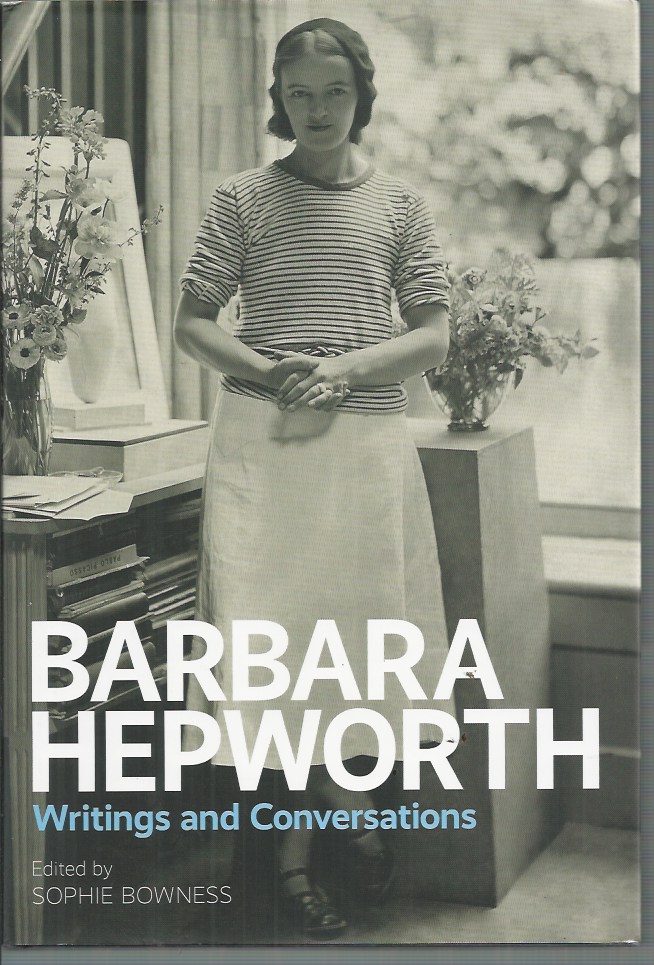ART Biography
“Barbara Hepworth’s work and ideas are illuminated in her own lucid and eloquent words in this first collection of her writings and conversations. The collection makes available much that is out of print and inaccessible, and includes a significant number of unpublished texts. It is a surprisingly large body of work, and it spans almost the whole of Hepworth’s artistic life. Her gift for language and desire to communicate to a public are evident throughout. Alongside the writings are Hepworth’s lectures and speeches, a selection of interviews and conversations with writers and journalists, and radio and television broadcasts. The collection sheds new light on Hepworth’s life, her working practices, the sources of her inspiration, the breadth of her intellectual interests and her deep engagement with contemporary politics and society, from the United Nations to St Ives. The illustrations include manuscripts and archive photographs from Hepworth’s own collection”
AS NEW COPY!
pp. 303 Colour and b/w illustrations First Edition #030124
Dame Jocelyn Barbara Hepworth DBE (10 January 1903 – 20 May 1975) was an English artist and sculptor. Her work exemplifies Modernism and in particular modern sculpture.[1] Along with artists such as Ben Nicholson and Naum Gabo, Hepworth was a leading figure in the colony of artists who resided in St Ives during the Second World War.
Her early work was highly interested in abstraction and art movements on the continent. In 1931, Hepworth was the first to sculpt the pierced figures that are characteristic of both her own work and, later, that of Henry Moore.[10] They would lead in the path to modernism in sculpture. In 1933, Hepworth travelled with Nicholson to France, where they visited the studios of Jean Arp, Pablo Picasso, and Constantin Brâncuși.[2] Hepworth later became involved with the Paris-based art movement, Abstraction-Création.[11] In 1933, Hepworth co-founded the Unit One art movement with Nicholson and Paul Nash, the critic Herbert Read, and the architect Wells Coates.[12] The movement sought to unite Surrealism and abstraction in British art.[12]
Hepworth also helped raise awareness of continental artists amongst the British public. In 1937, she designed the layout for Circle: An International Survey of Constructivist Art, a 300-page book that surveyed Constructivist artists and that was published in London and edited by Nicholson, Naum Gabo, and Leslie Martin.[13]
